
Pierre Dulaine, an internationally renowned ballroom dancer, is starting to fulfill his life long dream - to take his program Dancing Classrooms to Jaffa, where he was born. He is teaching 10-year-old Israeli-Palestinian and Israeli-Jewish children to dance together. Pierre recognizes that the future is built by children. By breaking the syndrome of hatred, he will change their lives, and hopefully, the community around them.
Similar titles
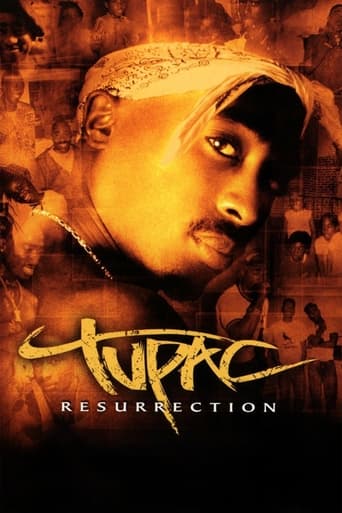


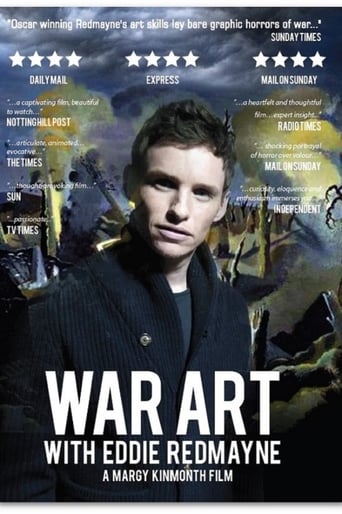
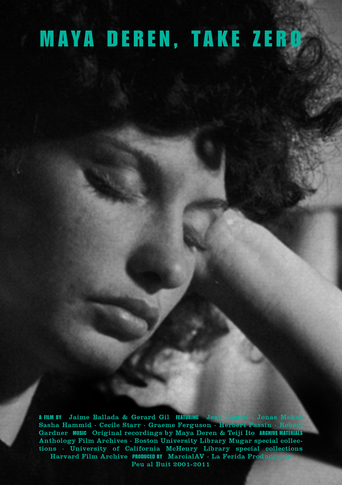
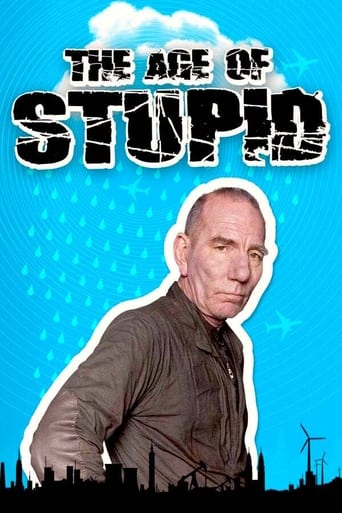
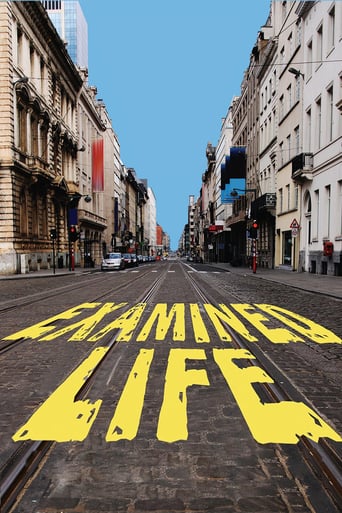
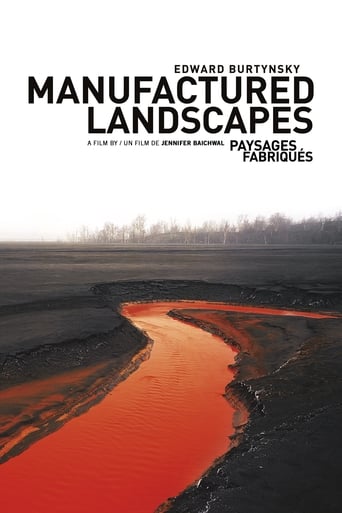
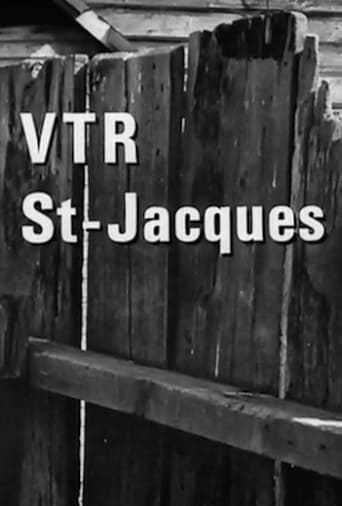
Reviews
Good story, Not enough for a whole film
Good movie but grossly overrated
The acting in this movie is really good.
The film's masterful storytelling did its job. The message was clear. No need to overdo.
Director Hilla Medalia is back to her two standard disciplines: Gaza Strip and documentaries. This one here also has massive focus on dancing. After seeing the fictional movie "Bethlehem" not too long ago, I decided to follow up with this one here as a new addition to the difficult Middle East topic.This documentary centers on children from an Arab and a Jewish school who are told to dance together and participate in a contest. Besides the kids, the central character is former professional dancer Pierre Dulaine, obviously quite a character. You can either love or hate him. Only one thing is possible. Sometimes he seemed genuine, sometimes he seemed way over the top and there were some cringeworthy scenes like when he randomly invited his dance partner from decades ago. That's why the real highlight of the film were the children. There were a handful scenes that were pretty cute and funny at the same time, like the way they didn't want to dance with each other initially or the look in the face of one little boy, always skeptical, which was probably his nature. Or maybe it was just a false impression as he was dancing later on with one of the girls. The invitation for the boat trip was pretty cute too.The film is at its weakest in the first half when we basically see American Idol like drama that Mr. Dulaine is not able of convincing the kids to join in and dance and overcome the obstacle of their origins. It all seems so fake and forced. Very much scripted drama. As the documentary progresses, it gets much better. May be a mean thing to say, but the reason for this could have been that Dulaine had less screen time and the kids became the real center of the film. He certainly is an inspiring personality and the trigger for the children to accept each other for what they are, but still his behavior often seems as if he wants this story to be told around him and not about the mentality of acceptance.Despite this approach, you should not watch the film as the ultimate solution to the Arab-Israeli conflict, but just for its positive message and maybe for a glimmer of hope that things may look different in 20-30 years when the next generation has arrived. On a final note, I want to add that I really liked the ending in which the Arab-Israeli team did not actually win the competition would have been too expected and cheesy). This was not necessary so that you will leave the theater with a smile, which also arises from several scenes and entertaining dialogs like the one mentioning a sperm bank. You will know what I mean when you watch it. Go for it.
Pierre goes back to his native town, and he has a mission: to give back to the children of Jaffa something that has meant much in his life: the ability to enjoy life, to heal, to improve, to have a new perspective in life, to change your life. What for him appeared to be an easy task soon proves to be an almost impossible challenge. In the beginning it looks like he's about to give up because social, political and cultural events have shaped the history and beliefs of the community; it looks like music and dancing might not be enough to alleviate some of the pain the city has and is still going through.This man won't give up, and he uses every possible resource at hand to charm and convince the reluctant students. There are just too many differences between the Jews and the Palestinians. Some of the children are aware of the situation. Others don't understand why there is tension, and others are more open minded and willing to change the status quo, but it appears this is the minority.Add to this, individual problems in many of the children's lives. Noor is still trying to overcome the loss of a parent. Other children live in poverty and haven't been exposed, relate, or have the means to fully participate. Worse is the fact, that there's fear of the unknown and the inability to see that, as the teacher mentions in the film, labels are unnecessary because everyone is the same.Magic happens when an old dance partner shows up, charming the kids with her amazing personality and grace. There's genuine sympathy and affection, and the door opens. Slowly, some of the kids warm up, train, begin moving to the beat of different dance genres. They want to go all the way to the finals, and it's heartbreaking to see a preliminary selection. The film gets close to the children, and it shows the resentment and disappointment of those who couldn't go to the next level.More surprises come before the end, and at first, we fear more setbacks, but things get better, more emotional, more intense, and we reach the final competition, a moment where differences disappear, and everyone concentrates on a common goal: to participate, to enjoy, to win, and to see the universal elements in all of us. There is a moment when the results are given, and we see an explosion of joy, but we don't see the faces of those who are the runner ups. Maybe it's not needed because the contest organizers come up with a very nice way to make everyone feel like a winner. It's truly a fantastic way to show unity, admiration, recognition, and respect."Dancing" goes beyond the usual documentary by exploring the background of a society and showing the past, present, and the possibility of change in the future. There is hope that these children will be seeds of change and help close the chasm that now exists. It's a lovely work of art, a way to show us there's still goodness in the world, and that we might never understand why our feet move to the beat, and our hearts beat in unison, but as long as that is possible, we have a chance to keep going until we feel safe and happy again.
Hilla Medalia is an award-winning 36-year-old Israeli documentary filmmaker whose 2007 To Die in Jerusalem brought together in dialogue (by satellite) the mothers of two teenage girls paired on a 'Newsweek' cover, a Palestinian suicide bomber and an Israeli girl killed by her bomb. Her new film is about a less grim effort by famous ballroom teacher Pierre Dulaine to bring Jewissh and Palestinian kids together on the dance floor, and we see some little friendships and personalities bloom in his modest "peace process." Jaffa, once a Palestinian town, is now a poor, mixed suburb of Tel Aviv. The intense 2009 joint Israeli- Arab feature film 'Ajami' focused on a rough part of Jaffa. In 'Dancing in Jaffa,' Hilla Medalia follows Pierre Dulaine as he goes back to Jaffa, where he was born in 1944, son of an Irish father and Palestinian mother. (In the film he never mentions that his mother was also half French, which explains "Pierre.") He has not been back since his family was driven out when he was a child. He comes to introduce to Palestinian-Israeli, Jewish-Israeli, and mixed schools in Jaffa his Dancing Classrooms, a social development program for fifth- graders that uses ballroom dancing "as a vehicle to change the lives of the children and their families" (Wikipedia). This time the primary "change" is the somewhat radical one of pairing Jewish and Arab girls and boys as dance partners.In teaching gawky eleven-year-olds to dance, the pixieish Dulaine emphasizes etiquette, dignity, and respect from the get-go. He has to give up on one school because they boys won't dance. The more extreme Muslim males won't touch girls, or at first refuse. Things don't go that well at first, and for a while Pierre brings over from the States his (dancing, not life) partner of 35 years, Yvonne Marceau. Their dancing together for the kids inspires them: you can see the boys' eyes light up; they are charmed. Medalia follows several of the kids more closely, notably Noor, a plump, dark Palestinian girl whose grief over the death of her father makes her sullen, depressed, and sometimes violent. Alaa is a small boy who lives in a shack with his poor fisherman father. Alaa, dark and all smiles, and Brenda, a curly-haired Jewish girl fathered out of a sperm bank, become partners for the upcoming dance contest, and their jaunt on Alaa's father's little rowboat heralds a budding friendship. But the real miracle is Noor, who shows rhythm and grace from the start, and whose selection for the competition is part of a reawakening and new happiness that you can't help being a little amazed by. Ah, fifth graders: this is the age when kids are most open and malleable.The film shows other things, like Dulaine approaching his family's original residence and beating a hasty retreat when the current occupants are not just unfriendly but apparently downright hostile. Dulaine mostly speaks English, but he also speaks Arabic to the kids who understand Arabic. For Hebrew, he has an interpreter or the teachers translate for him. The schools he visits are Israeli-Palestinian, Israeli-Jewish, and mixed Palestinian-Jewish. There are seven different dances in the lessons and final contest, though merengue and rumba seem to predominate. At the final contest, all the parents are as excited as you'd expect. Each dance couple pairs a Palestinian and a Jew. And nobody seems to mind. At least for the moment, Dulaine has achieved reconciliation and crossed barriers that earlier, seemed uncrossable. All this will be vaguely familiar, because you've probably seen a couple of other movies Pierre Dulaine inspired, the 2006 musical drama 'Take the Lead,' starring Antonio Banderas as Dulaine, and 'Mad Hot Ballroom,' a heartwarming and popular 2005 documentary about New York fifth graders who learn dance and take part in a dance contest. However, Dancing in Jaffa prefers not to mention these, and alludes only vaguely to Pierre Dulaine's fame as a ballroom dancer when he partnered with Yvonne Marceau at Jacob's Pillow, on Broadway, and in London, or his having been on the faculties of the School of American Ballet, Alvin Ailey American Dance Theater, and the Juilliard School. This movie isn't about that. It's about little Jewish and Palestinian Israeli kids being polite and friendly and wiggling their hips gracefully together. 'Dancing in Jaffa,' a fairly simple and minimal film, isn't as priceless and cute or as proficiently made as Mad Hot Ballroom. But the gaps it bridges are, of course, more significant. 'Dancing in Jaffa,' 84 mins., in Arabic, English, and Hebrew with English subtitles debuted in NYC in January 2013, and was included in the Tribeca and Sydney festivals. It has been picked up by Sundance Selects. Screened for this review as part of the San Francisco Jewish Film Festival (July 26-Aug. 10, 2013).
The advance billing for Hilla Medalia's 1st feature-length film talks about overcoming the political & cultural differences between Palestinians and Israelis. Regretfully, Dancing in Jaffa under- delivers. Pierre Dulaine is an international ballroom dance champion who helped found the New York-based non-profit, Dancing Classrooms. Dulaine decides to export the dancing lessons to the city of his birth, Jaffa, which is now a poor Arab suburb of Tel Aviv. Today, Jaffa is very much a divided city and Dulaine decides to bridge these differences by working with students in both the Jewish and Arabic areas of the city. The result is a "feel good" competition involving young people from both sides of the divide. Ballroom dancing requires touching, but is this bridging cultural and political differences? Hardly. The political and social divide is great, and importing dancing from USA is more about entertaining than overcoming political differences. Palestinian aspirations for self-determination in the face of an ongoing Israeli occupation are unfulfilled, and Dancing in Jaffa is but an American-centric footnote in this never-ending struggle.
Top Streaming Movies














